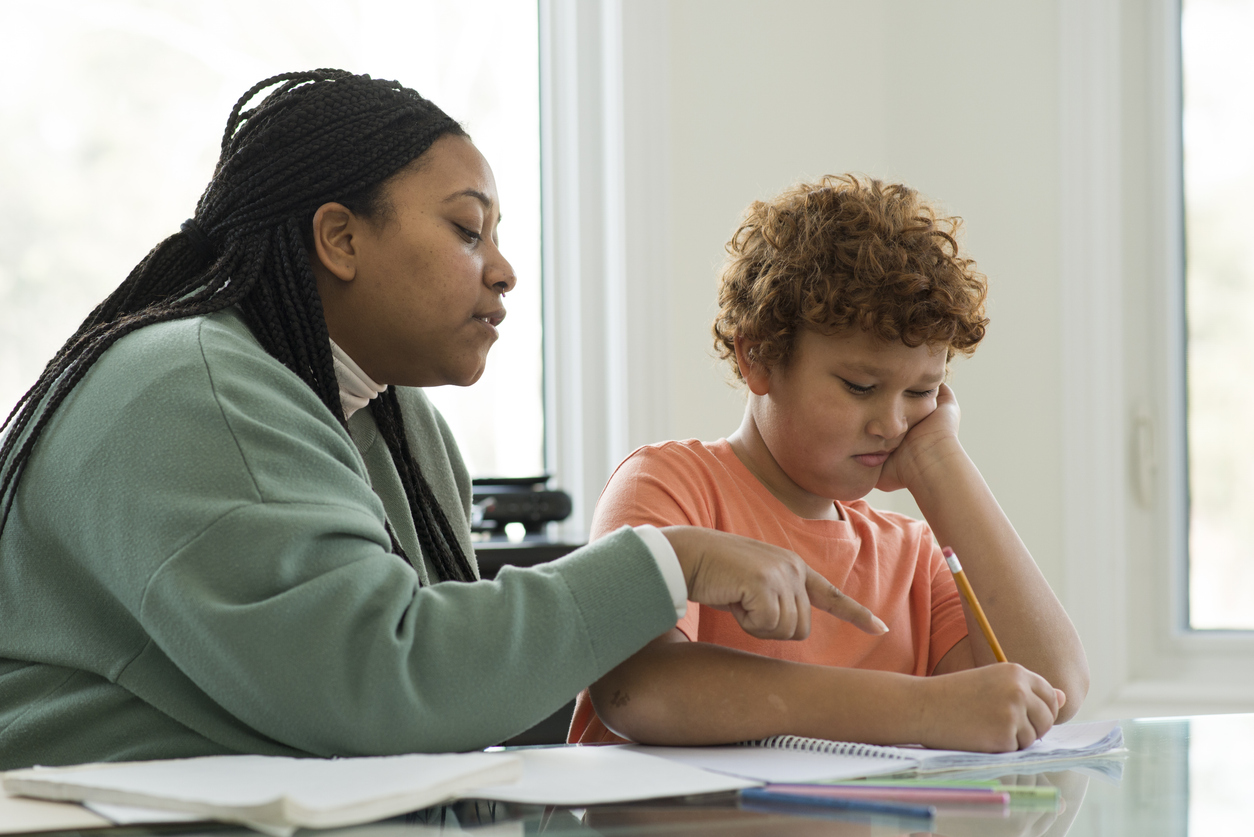The Difference Between UDL and Differentiated Instruction
Written by Dr. Sandra Markowitz, an experienced educator with 17 years in the field of Instructional Technology. Passionate about assistive technology, Universal Design for Learning, instructional strategies, and workflow solutions, Sandra brings innovative approaches to her teaching.
In the ever-evolving landscape of education, teachers continually seek innovative methods of meeting the diverse needs of their students. Two prominent frameworks often employed for this purpose are Universal Design for Learning (UDL) and Differentiated Instruction.
While both approaches aim to enhance student learning, they do so through distinct methodologies. Understanding the difference between UDL and Differentiated Instruction is essential for educators to effectively implement these strategies in the classroom.
What is Universal Design for Learning?
Universal Design for Learning, commonly referred to as UDL, is a framework that emphasizes the creation of flexible learning environments to accommodate the variability of learners. At its core, UDL is about proactively designing instruction and assessments to address the diverse needs, abilities, and learning styles from the outset.
The cornerstone of Universal Design for Learning (UDL) lies in its three fundamental principles: Representation, Expression, and Engagement, which collectively attempt to provide multiple pathways for accessing information, demonstrating understanding, and fostering activity participation in learning.
The Three Principles of UDL
- Representation
- Expression
- Engagement
Representation
One of the key principles of UDL is providing multiple means of representation. This involves presenting information through various formats, including visual, auditory, and kinesthetic modalities.
For visual learners, incorporating diagrams, charts, and infographics aids comprehension and retention. Auditory learners benefit from spoken language, audio recordings, and discussions. While kinesthetic learners thrive through hands-on activities and interactive experiences. By integrating these diverse modalities alongside traditional text-based materials, educators can create inclusive learning environments that cater to the individual needs of all learners.
Expression
Another fundamental aspect of UDL is offering multiple means of expression. Students are provided with various options to demonstrate their understanding and knowledge, allowing them to express themselves in ways that align with their strengths and preferences. This might involve giving students the choice to write an essay, create a presentation, or participate in a hands-on project to showcase their learning.
Engagement
Finally, UDL emphasizes providing students multiple means of engagement to enhance student motivation and involvement in learning. Incorporating various engagement options is pivotal in UDL and educators have multiple ways to engage students.
Choice boards, for instance, offer students a selection of activities or tasks related to the lesson, allowing students to pick ones that align with their interests. Similarly, learning menus provide a menu-like format with a range of activities which empowers students to choose activities that best suit their needs. In addition, low-tech activities offer alternate ways for students to engage with the material without relying on technology. These options promote autonomy, motivation, and activate participation in the learning process.
What is Differentiated Instruction?
Differentiated instruction is a teaching approach that involves adjusting the content, process, and products of instruction to accommodate the diverse learning needs of students within the same classroom. Unlike UDL, which focuses on proactive design, Differentiated Instruction involves responsive teaching that occurs in real-time based on ongoing assessment of student needs and readiness.
The core principle of Differentiated Instruction is recognizing that students have different learning profiles, including their readiness, interests, and learning preferences. Educators provide grouping strategies and learning activities to provide targeted support for students at different levels.
The primary strategy used in Differentiated Instruction is tiered assignments, where tasks are designed at varying levels of complexity to meet the diverse needs of learners. For example, students in an ELA class would receive reading prompts based on their reading level. Another aspect is flexible grouping which involves organizing students into small groups based on their learning needs or learning preferences.
Furthermore, Differentiated Instruction promotes the use of varied instructional methods and resources to accommodate different learning styles. These varied methods and resources include visual aids, manipulatives, technology tools, and hands-on activities to enhance students’ achievement.
What is the difference between UDL and Differentiated Instruction?
While both Universal Design for Learning and Differentiated Instruction aim to enhance student learning and inclusivity, they differ in their approaches and underlying principles.
UDL is a proactive approach, emphasizing the creation of flexible learning environments that anticipate and address diverse learning needs. By providing multiple means of representation, expression, and engagement, UDL seeks to remove barriers to learning and promote access for ALL students.
On the other hand, Differentiated Instruction involves responsive teaching that adjusts instruction in real-time based on ongoing assessment of students’ needs. Teachers can achieve this through the use of tiered assignments, flexible grouping, and varied instructional methods tailored to each student.
Can UDL and Differentiated Instruction Work Together?
Both UDL and Differentiated Instruction offer valuable strategies for supporting diverse learners in the classroom. While they are different perspectives, they aren’t mutually exclusive; in fact, they can be complementary approaches which can be used together and maximize potential for student success. By understanding the use cases for each, educators can leverage these frameworks to create an inclusive learning environment that meets all needs of students.
.


